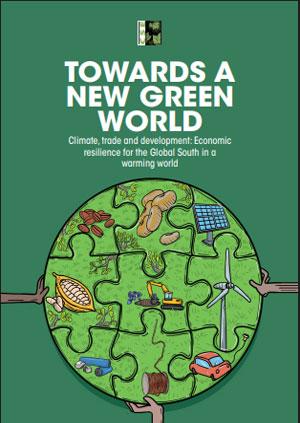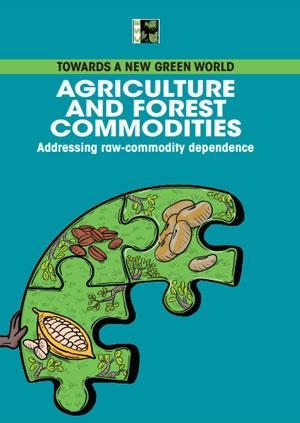Work Overview
CSE has been well known for influencing the design of international climate policy since well before such policy was enshrined in formal institutions - whether it is the landmark paper released in 1991 by Sunita Narain and Anil Agarwal, calling for a decolonisation of carbon budget accounting, or CSE’s commentary on every UN climate meeting since 1992. CSE has led the discourse in climate policy for over three decades advocating for equity, the principle of Common but Differentiated Responsibilities, and investing in resilient economies for the poor.
The Climate Change Programme is committed to championing the study of the most pressing climate issues relevant for the Global South. CSE’s publications on climate-critical topics, its presence at UNFCCC proceedings such as COP summits and Subsidiary Body meetings, public outreach and advocacy, media engagement, and training programmes are designed to create multipliers in society for climate action.
MORE +Updates
Climate Change
Discussing the Proceedings in Belem

Climate Change
Blogs
 |
 |
 |
Climate Change
Climate Change Update
| Climate Weekly Bulletin | ||
 |
||
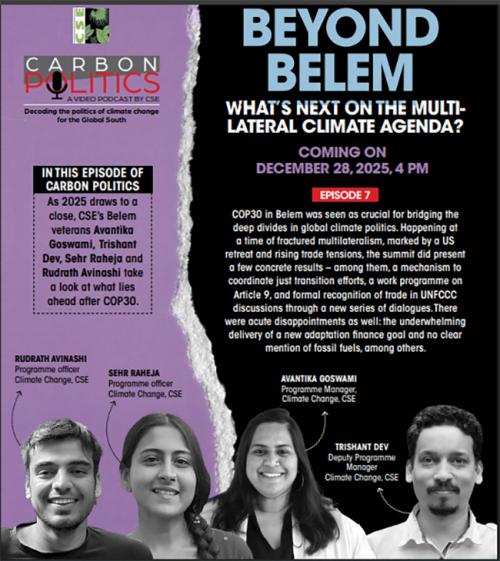

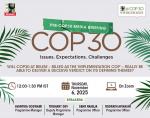
 Why green industrialisation can no longer sit outside climate talks
Why green industrialisation can no longer sit outside climate talks What was it like being at COP30 in Belém? Reflections from a first-time observer
What was it like being at COP30 in Belém? Reflections from a first-time observer New negotiation text on Just Transition comes out a day before closing plenary. Here’s what it says
New negotiation text on Just Transition comes out a day before closing plenary. Here’s what it says COP30: Implementing just transition pathways sees several faultlines between developed and developing world
COP30: Implementing just transition pathways sees several faultlines between developed and developing world Baku to Belem Roadmap to $ 1.3 trillion: Key report on climate finance released ahead of summit
Baku to Belem Roadmap to $ 1.3 trillion: Key report on climate finance released ahead of summit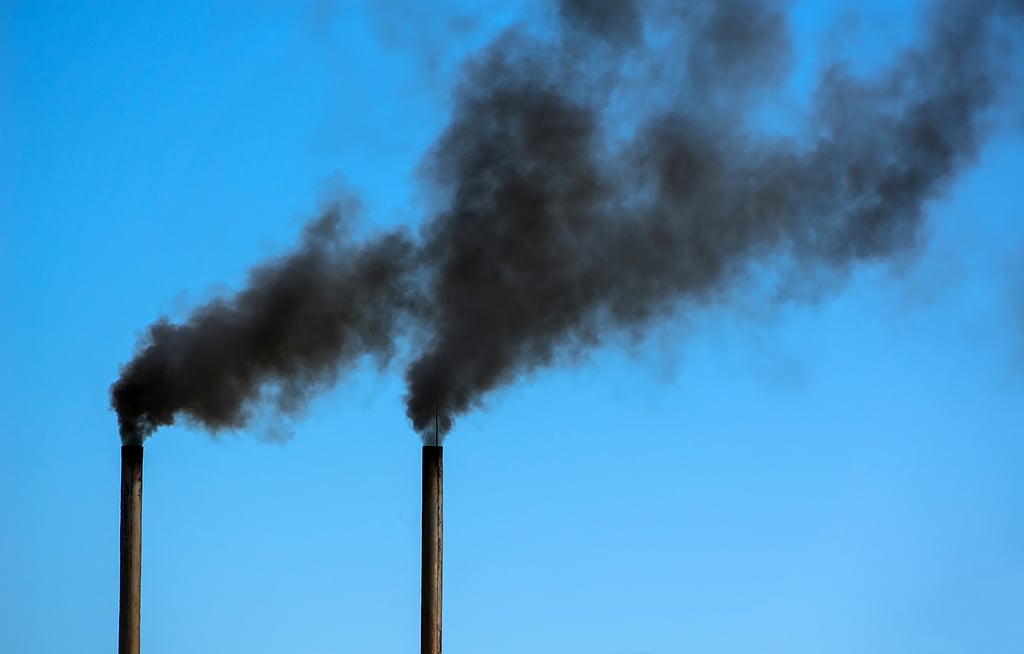 The NDC death loop (Part 1): Demands for ambition, disappointment and relevance in a fractured world
The NDC death loop (Part 1): Demands for ambition, disappointment and relevance in a fractured world The NDC death loop (Part 2): Demands for ambition, disappointment and relevance in a fractured world
The NDC death loop (Part 2): Demands for ambition, disappointment and relevance in a fractured world China’s new NDC sidesteps climate stardom: What explains this reluctance?
China’s new NDC sidesteps climate stardom: What explains this reluctance?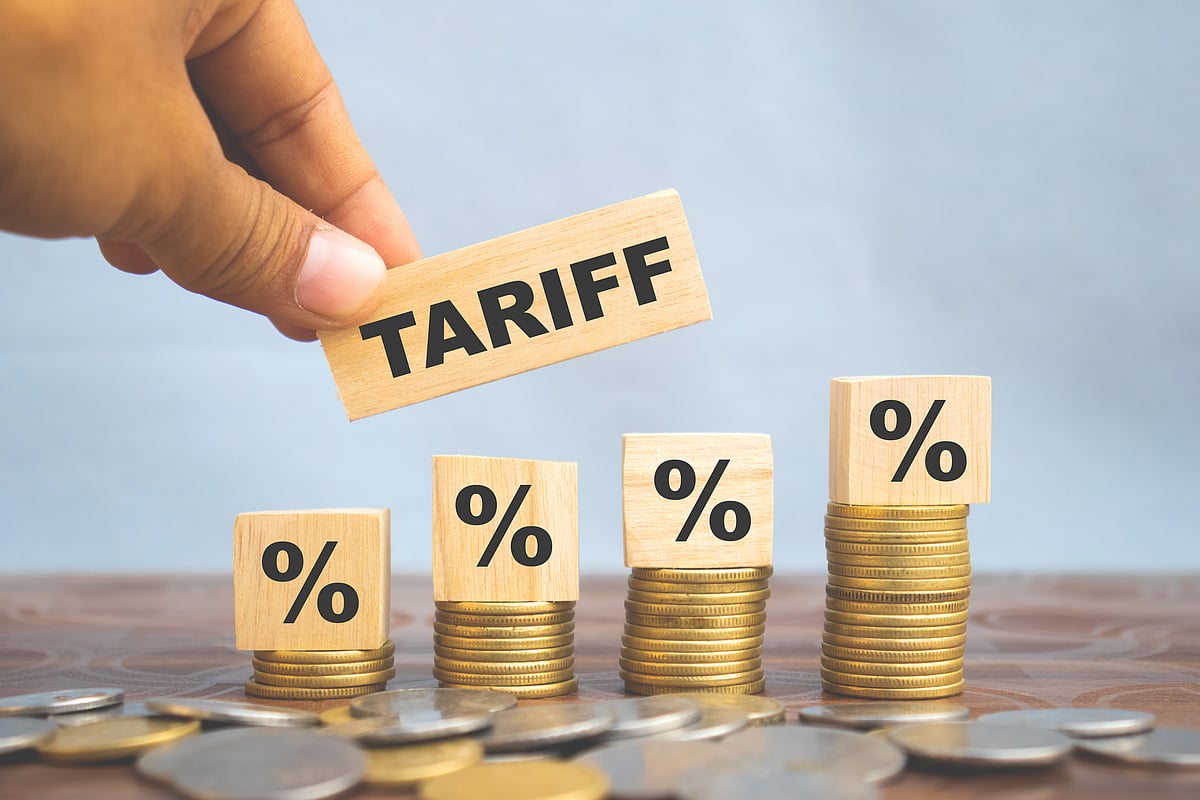 Five dynamics to watch in climate-trade agenda — and why equity matters
Five dynamics to watch in climate-trade agenda — and why equity matters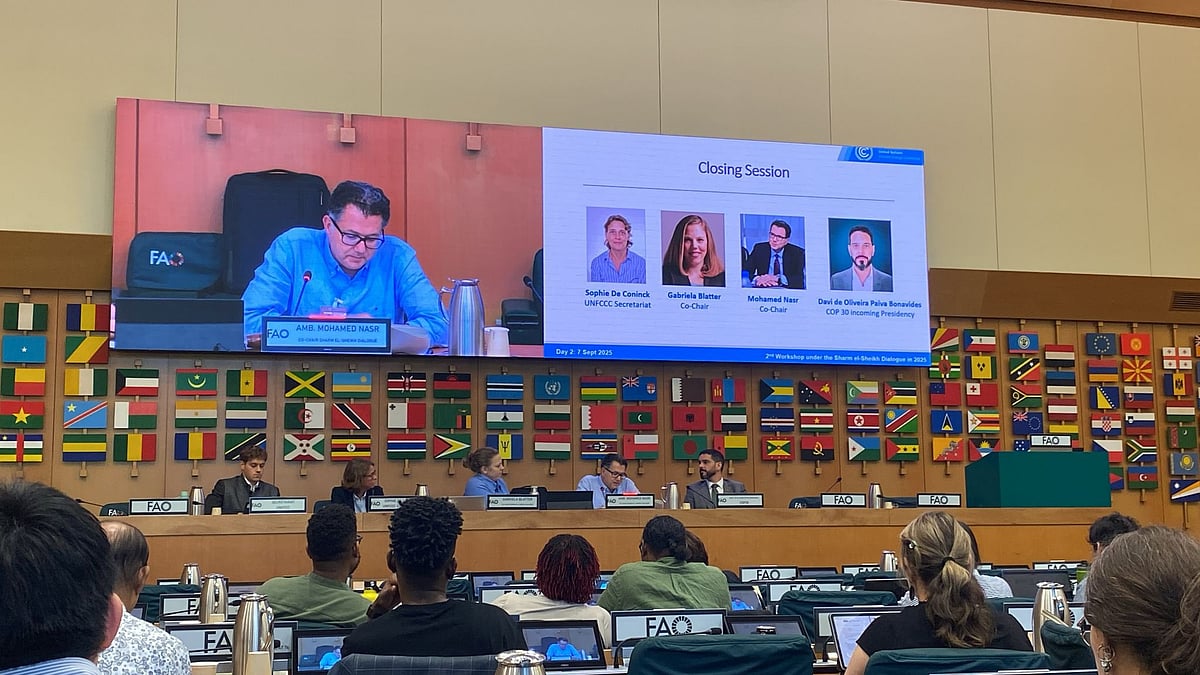 Article 2.1c of the Paris Agreement: Rome discussions conclude, common understanding of ‘Paris-Aligned’ finance flows elusive
Article 2.1c of the Paris Agreement: Rome discussions conclude, common understanding of ‘Paris-Aligned’ finance flows elusive 33 years after the Rio Earth Summit, what have we learnt?
33 years after the Rio Earth Summit, what have we learnt? Rebuilding solidarity ‘BRICS by BRICS’: Forging Global South unity for climate and prosperity
Rebuilding solidarity ‘BRICS by BRICS’: Forging Global South unity for climate and prosperity




